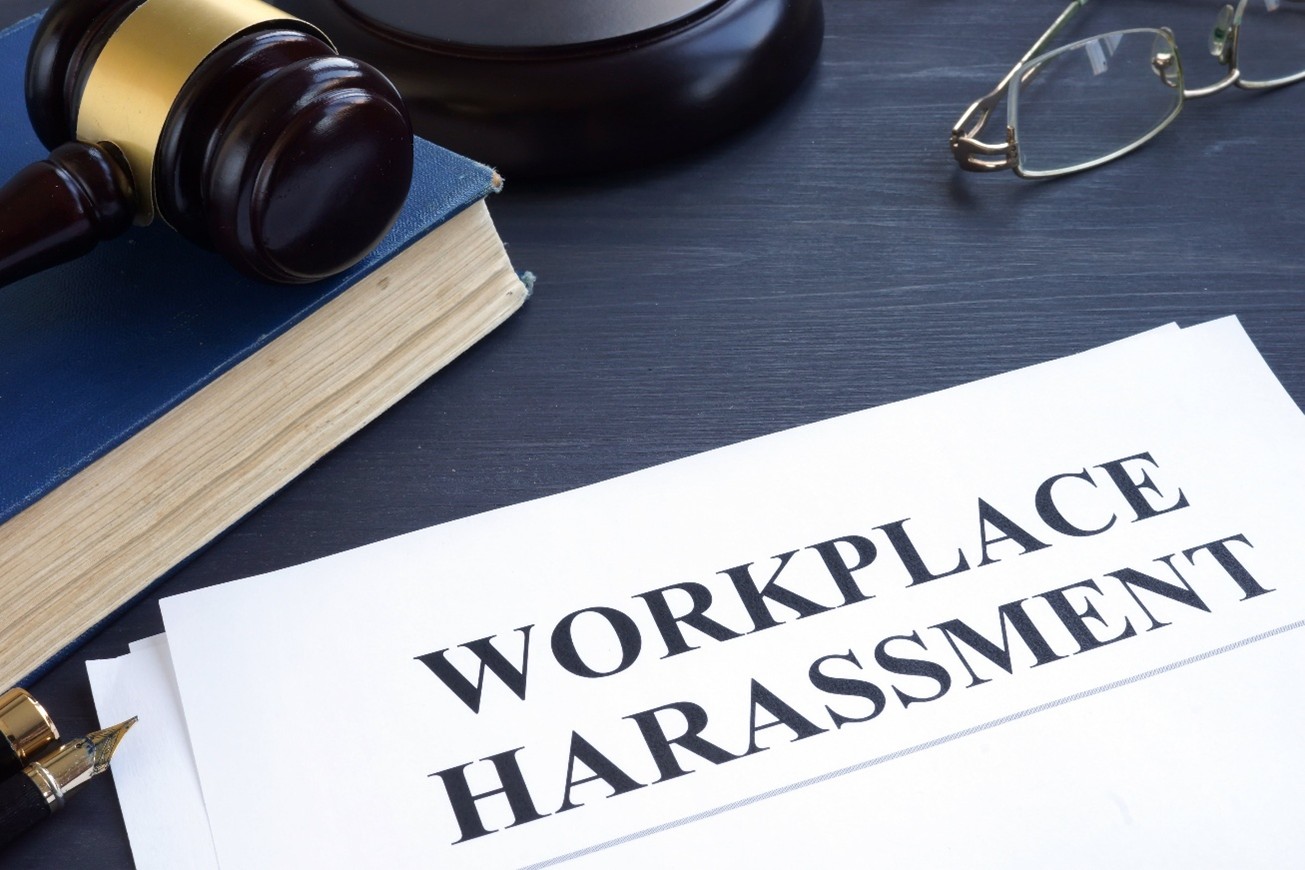
Workplace harassment is a persistent and damaging issue that undermines employee well-being, productivity, and corporate culture. As awareness grows and legal frameworks evolve, employers and employees alike must stay informed about their rights and responsibilities. Estelle & Kennedy, A Professional Law Corporation, reviews the legal protections available to employees under federal and state laws, the role of Human Resources (HR) in preventing and addressing harassment, and recent legal precedents that are reshaping how courts handle harassment claims.
Workplace harassment is defined as unwelcome conduct based on race, color, religion, sex (including pregnancy, sexual orientation, or gender identity), national origin, age (40 or older), disability, or genetic information. Estelle & Kennedy explain that it becomes unlawful when enduring the offensive conduct becomes a condition of continued employment or the conduct is severe or pervasive enough to create a work environment that a reasonable person would consider intimidating, hostile, or abusive.
Harassment can be verbal, physical, visual, or written. Estelle & Kennedy, A Professional Law Corporation in Los Angeles, reviews that it may come from supervisors, co-workers, clients, or even non-employees. Common forms include sexual harassment, racial slurs, derogatory jokes, and intimidation. Both quid pro quo harassment, where job benefits are contingent on sexual favors, and hostile work environment claims fall under the legal definition of harassment.
Title VII of the Civil Rights Act of 1964 is the cornerstone federal law protecting employees against harassment based on race, color, religion, sex, or national origin. It applies to employers with 15 or more employees and is enforced by the Equal Employment Opportunity Commission (EEOC). Under Title VII, employers are liable for harassment by supervisors that results in a negative employment action such as termination, demotion, or denial of promotion.
Estelle & Kennedy, A Professional Law Corporation explains that other federal statutes that protect against workplace harassment include:
In 2020, the Supreme Court’s ruling in Bostock v. Clayton County extended Title VII protections to include discrimination based on sexual orientation and gender identity. Estelle & Kennedy Law Upland reviews that this landmark decision has significantly impacted how harassment claims involving LGBTQ+ individuals are treated under federal law.
Many states offer broader protections than federal law. For instance, some states protect employees in smaller businesses (fewer than 15 employees), extend coverage to independent contractors, or allow for longer time frames to file claims. Estelle & Kennedy, A Professional Law Corporation, reviews that states like California, New York, and Illinois have been particularly proactive in expanding workplace harassment protections.
For example:
These variations underscore the importance of understanding both federal and state laws when dealing with harassment claims.
HR departments play a critical role in preventing and addressing workplace harassment. Estelle & Kennedy, A Professional Law Corporation, shares that such responsibilities include:
Estelle & Kennedy, A Professional Law Corporation, reviews that the effectiveness of HR often determines whether an employer will be held liable in a harassment claim. Courts scrutinize whether the employer had effective preventative and corrective measures in place and whether the employee took advantage of them.
Several recent court rulings have reshaped the legal landscape of workplace harassment. One important trend is the move away from the “severe or pervasive” standard, which many courts have historically used to assess whether conduct constitutes harassment. Critics argue that this standard allows for too much leeway for harmful conduct to persist.
In Hernandez v. Restoration Hardware, Inc. (2022), a California appellate court found that the cumulative effect of relatively minor incidents could support a hostile work environment claim. Estelle & Kennedy share that courts in New York and Illinois have embraced more employee-friendly standards, focusing on whether the conduct would discourage a reasonable person from coming forward.
Another significant development is the increasing scrutiny of mandatory arbitration clauses in employment contracts. In 2022, the federal “Ending Forced Arbitration of Sexual Assault and Sexual Harassment Act” was signed into law, allowing employees to take claims of sexual harassment or assault to court even if they signed arbitration agreements.
Additionally, the #MeToo movement continues to influence legal decisions and corporate practices. Estelle & Kennedy La Jolla reviews that many organizations have reevaluated their internal policies and disciplinary procedures, placing greater emphasis on transparency and accountability.
Employers must take proactive steps to prevent harassment and foster a respectful work environment. Estelle & Kennedy reviews best practices that include:
Failure to take these steps not only increases the risk of legal liability but also damages employee morale, retention, and brand reputation.
Workplace harassment remains a pressing issue with complex legal and ethical dimensions. Federal and state laws provide a framework of protections for employees, but enforcement and prevention depend heavily on employer practices and HR diligence. As legal standards shift and societal expectations rise, employers must stay vigilant in creating safe, equitable, and supportive workplaces. Estelle & Kennedy emphasizes that by understanding the evolving legal landscape and investing in comprehensive anti-harassment initiatives, organizations can foster environments where all employees feel respected and protected.